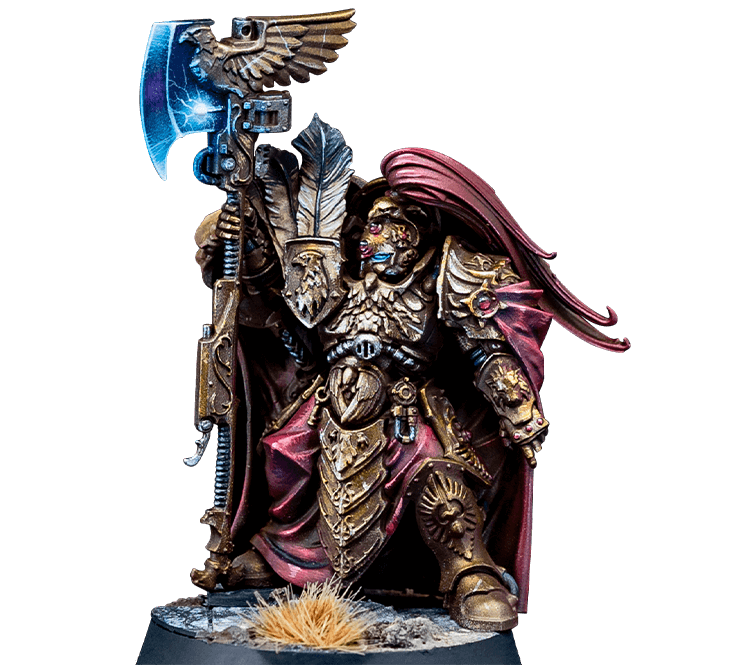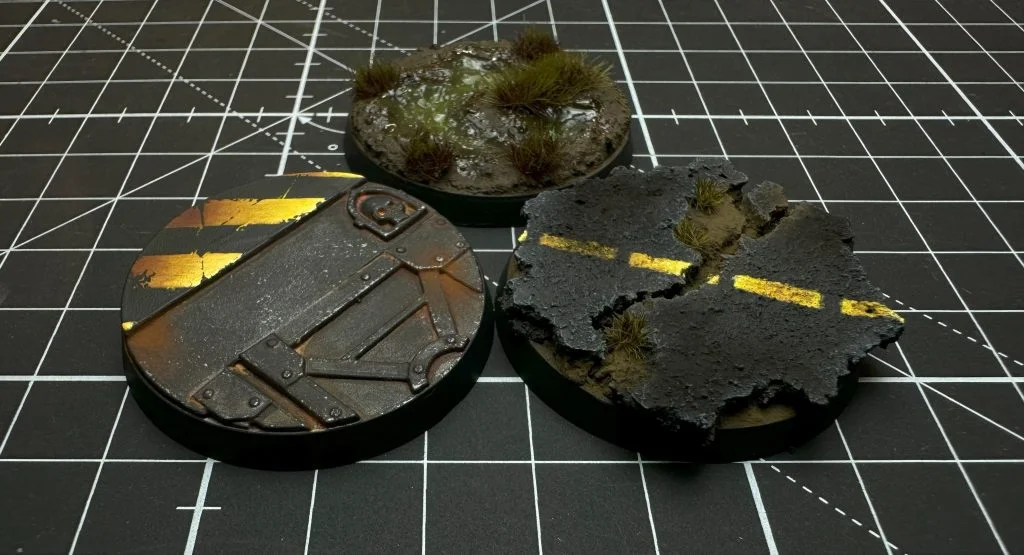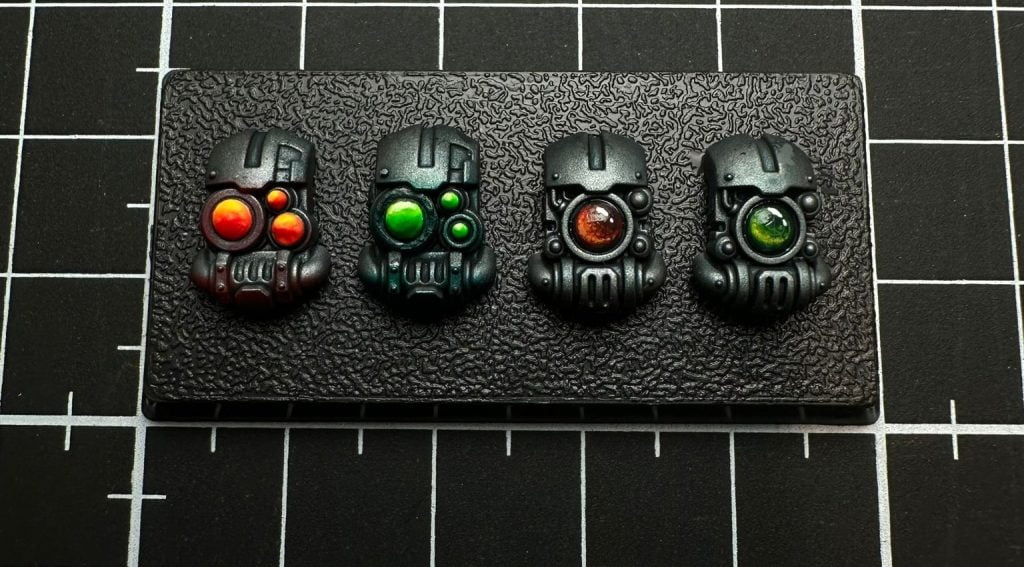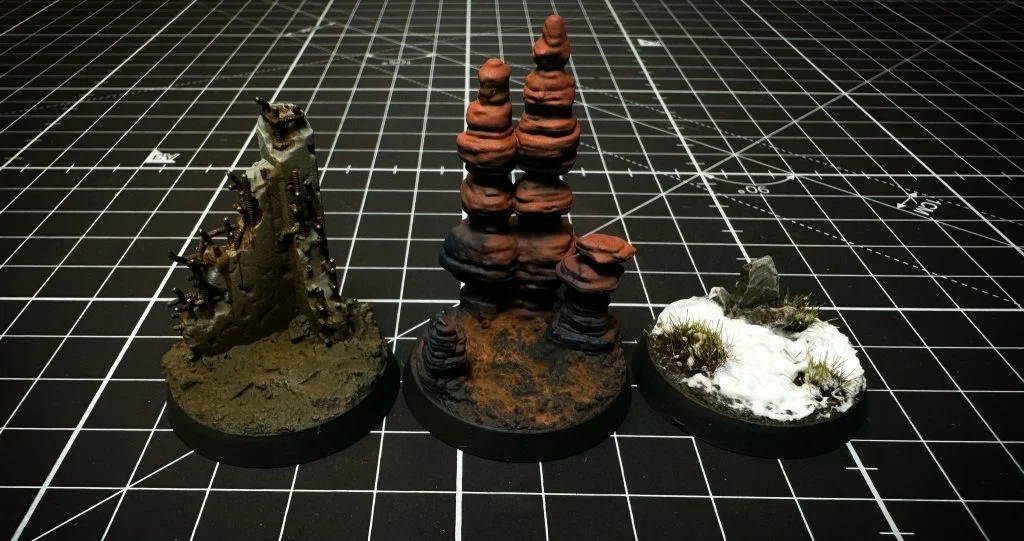With the advent of intricate gaming systems like Warhammer, the world of miniature collecting has witnessed an unprecedented rise in popularity.
From amateur enthusiasts to seasoned painters like myself, the appeal of these beautifully crafted models is universal.
However, along with this passion comes a unique challenge – safely shipping Warhammer miniatures.
Given the time, effort, and often considerable financial investment we devote to these miniatures, it’s crucial that they reach their destinations intact, regardless of whether they are moving from a storefront to a customer, or from one hobbyist to another across the globe.
Miniatures, though small in stature, present a host of challenges when it comes to shipping.
Their intricate design and the often delicate nature of the materials used to construct them, make them particularly susceptible to damage during transit. Protruding elements, like the weaponry of a Warhammer Space Marine or the wings of a dragon, are notably prone to breaking or bending.
Paintwork, which often represents countless hours of painstaking work, can easily chip or scuff. Even models made from more durable materials aren’t immune to damage, with the risk of parts becoming detached or warped during transportation.
It’s not uncommon to open a package after transit, only to find a once-pristine model in a sorry state – a sight that can be heartbreaking for any enthusiast.

Catch everyone’s eyes
Download your free painting guide
This guide is like a crash course in painting where you will discover how to judiciously choose and design the most stunning and impactful colour scheme to make your army a real eye-catcher both in the display case and on the gaming table.

Essential Tools for Packaging Miniatures
Successfully shipping miniatures starts with choosing the right materials for secure packaging. It’s essential to use sturdy boxes that are the right size for your miniatures.
These boxes should ideally be robust enough to withstand accidental drops or crushes, yet small enough to minimize any unnecessary movement of the miniature within. Too much room inside the box can often cause as much damage as too little.
Padding materials are equally important. Bubble wrap is a popular choice, offering excellent cushioning and shock absorption. Foam inserts and tissue paper also provide good protection.
Techniques for Securing Miniatures
Securing miniatures within their packaging is another vital aspect of safe shipping. It’s not enough to simply surround the models with padding and hope for the best.
A more effective approach involves carefully positioning each model within the box to minimize the risk of damage. For instance, it’s advisable to place the sturdier parts of the model against the sides of the box, with the more delicate parts cushioned securely in the center.
Layering materials such as foam, bubble wrap, or tissue paper between individual models can prevent them from knocking against each other during transit. Remember to also fill any voids within the box with additional padding to reduce movement.
Here is our packaging system that we have perfected over the years:
- Choose a box that is big enough to contain the models to be sent but with a little space left over so that you can pad the miniatures between them and the box.
- When it comes to sending an entire army or a variety of miniatures of different sizes between them, the ideal thing to do is to plan the distribution in the box before you start packing. We always start with the larger miniatures and leave the smaller ones for last.
- Cut some pieces of bubble wrap the width of the box you are going to use, and the length needed to wrap around the model between 3 and 4 times. This is to avoid movement inside the box once it is packed.
- Place as many miniatures as will fit on the bubble wrap cut-out, leaving at least 1 centimetre between them, then start to roll them up.
- Once you have made the first turn, place another row of miniatures and then another turn again. If the miniatures are very irregular, you can make 2 turns between rows of miniatures. Do this until you have finished the length of the piece of bubble wrap.
- Before placing any miniature in the box, always line the inside of the box with foam about 2 centimetres thick to cushion it from external shocks.
- Place this first roll of miniatures inside the box and go on to the next one. Once you have all the rolls in the box, if there are any empty spaces, fill them either with foam or with air bags if they are very large spaces.
- Before closing the package with tape, we make sure that there is no slack inside, for that we shake the package slightly in several directions and we should not hear any noise. If we hear any movement, we go back to the previous step and continue filling the hollow spaces with cushioning material. We must ensure that there is no movement but that there is not too much pressure, or some parts could be damaged.
- Once everything is well secured it is time to close the package, for that we always use high resistance tape and several turns, we close all the corners well to avoid the package to open at any time.

Shipping Large-Scale Miniatures
Shipping larger or bulkier miniatures presents additional challenges. These models often have more intricate details and protruding elements, increasing the risk of damage.
They also typically require larger boxes, which can increase shipping costs. To address these issues, consider using custom-built foam inserts that snugly fit around the model, providing enhanced protection.
Double-boxing is another technique worth considering, whereby the item is first packed in a smaller box, which is then placed inside a larger box filled with protective padding.
Choosing the Right Shipping Service and Tracking
The choice of shipping service can significantly impact the safe arrival of your miniatures.
Different carriers offer varied services, each with its own pros and cons. Factors to consider include cost, reliability, transit time, and available insurance options.
Personal experiences and reviews from fellow hobbyists can also offer valuable insights, here’s a tip; the less time the shipment takes to arrive at its destination the better, less days in transit means less chance of an accident.
Opting for a tracked shipping service allows you to monitor the progress of your parcel and can provide peace of mind. It can also be useful in case any issues arise during transit, enabling you to intervene at the earliest possible moment.
Labeling and Marking Packages
Proper labeling of your packages is a small step that can go a long way in ensuring the safe delivery of your miniatures.
Clearly mark the parcel with the recipient’s full address, and your own return address. Be sure to include any necessary customs declarations if you’re shipping internationally.
It’s also a good practice to label the box with warnings such as “Fragile”, “Handle with Care” or “Do Not Stack”. While not foolproof, such markings can draw attention to the need for careful handling during transit and potentially reduce the risk of damage.
Download the behind scenes of a project
Want to know how we work? We have documented a client’s project from start to finish so you know what it will be like to work with us.




